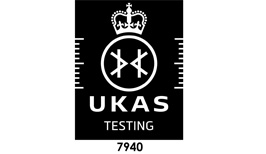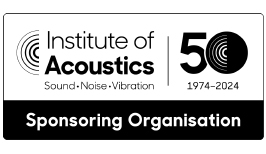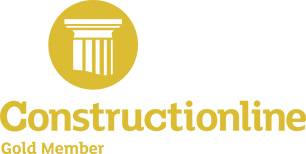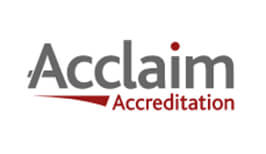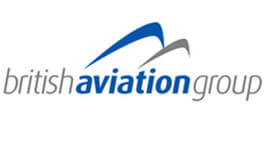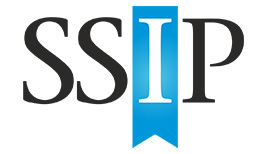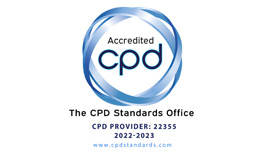
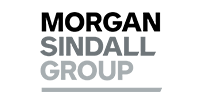




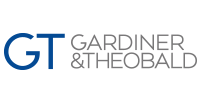



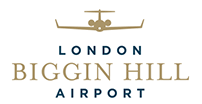
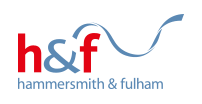
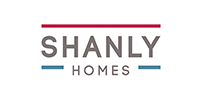


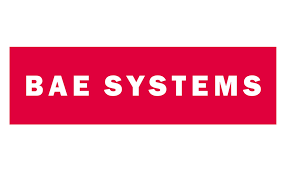
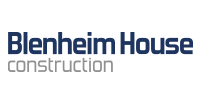
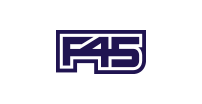
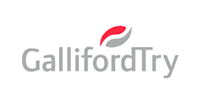


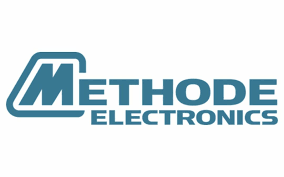
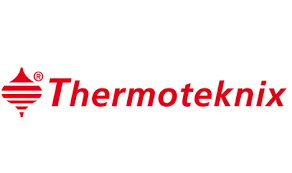
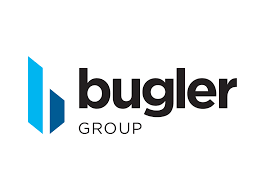


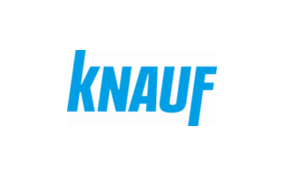
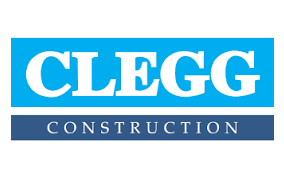
Sound insulation testing is essential for quantifying the acoustic energy transmitted through building elements such as walls, windows, or doors. The resulting sound reduction index (SRI) data is widely used by architects, designers, and acoustic consultants to specify performance requirements, ensuring building elements meet project-specific acoustic targets and comply with relevant building regulations.
Investing in the appropriate acoustic performance from the outset is more cost-effective, avoiding the expense, disruption, and delays associated with removal, replacement, or retrofitting of underperforming building elements.
Our acoustic transmission suite is easily accessible from our main car park via a large roller shutter into our main warehouse space, which can accommodate large delivery vehicles, HIABs and forklifts.
The facility is designed for horizontal sound transmission testing with a 10.1 m2 full-sized test aperture. Reduced-sized test openings can be installed for the testing of doors, windows, and smaller building elements such as ventilation products and cable raceways.
The test element is installed in an aperture separating two adjacent reverberant test rooms, designated as the source room and the receiving room. The rooms are independent structures, adjoined and decoupled using resilient perimeter seals. High sound pressure levels are generated in the source room, and the average sound pressure level is measured in both the source and receiving rooms.
The level difference is then normalised and corrected for reverberation time, background noise, and flanking energy where applicable. Testing is conducted in accordance with BS EN ISO 10140-2:2021 for laboratory measurement of sound insulation and BS EN ISO 717-1:2020 for rating airborne sound insulation, ensuring accurate, repeatable measurements for compliance with building regulations and acoustic performance standards.
Results are provided in a detailed report containing all the information you need regarding the installation and performance of your test specimen. The numerical data is typically provided as 1/3 octave band sound reduction index values, R dB, and a single number rating in accordance with ISO 717-1:2020, Rw (C;Ctr). Octave band R values available upon request. As a research laboratory, we are also in an excellent position to provide bespoke data analysis and reporting options to support product development or product comparison.
Sound power and noise emissions – ISO 3744 / ISO 3745
Medical devices (Noise and Vibration) – IEC 60601-1
Occupational vibration – ISO 5349
Absorption coefficient testing – ISO 10534-1
Insertion loss for hearing defenders – ISO 4869
Electroacoustics and Speech Intelligibility – IEC 60268
Don’t see what you need in this list? Get in touch to enquire about our full testing capabilities.
Amongst our extensive array of acoustic measurement equipment, we also have specialised test equipment typically utilised for R&D and QC, including stock of the following:
Laser doppler vibrometer; Head and Torso Simulator; Force transducer; Accelerometers; Electrodynamic shaker; Acoustic intensity probe; Reference sound power source; Artificial ear
The expert team at KP Acoustics Research Labs spent a combined 30+ years in the education sector designing, managing and delivering undergraduate and postgraduate degree courses, as well as accredited and bespoke professional courses. Let us help your first-line support, technical advisors, design consultants, sales and marketing teams promote confidence in your products and services by fully understanding the terminology and underpinning concepts behind the acoustic performance, compliance requirements, and practical applications relevant to your industry.




























